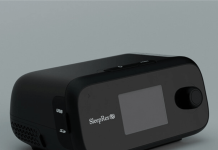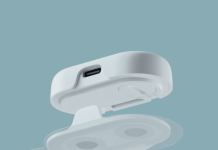Zenflow received FDA 510(k) clearance for its Spring scope and camera control unit (CCU).
The South San Francisco, California-based company touts its Spring scope and CCU as the first single-use cystoscope of its kind. It features a 12-fr working channel, making it more than 80% larger than current single-use models, the company says. The scope enables urologists to perform procedures with improved visualization while maintaining patient comfort.
Flexible cystoscopy, a common office-based procedure, provides diagnosis and treatment for lower urinary tract conditions. The company says approximately 1.2 million cystoscopies take place in the U.S. every year, underscoring its importance in patient care.
Related: AngioSafe announces stealth with FDA clearance for Santreva-ATK catheter
The Spring system uses a small, spring-like nitinol coil to gently prop open the urethra. The elastic, shape-memory material is custom-fit to provide long-lasting relief for urinary tract conditions like benign prostatic hyperplasia (BPH). Delivery takes place through the low-profile, flexible scope.
Dr. Bilal Chughtai serves as chief of urology at Plainview Hospital and as an investigator for the Zenflow Spring system. Chughtai said the cystoscope “delivers clear imaging while also allowing us to provide advanced diagnostics and therapeutics in the comfort of our office.” He called it an exciting, much-anticipated innovation in the field.
Zenflow previously brought in significant funding to support the Spring system. That includes a $31 million round in 2018 and a $24 million round in 2021.
“We’re thrilled to receive FDA clearance for Zenflow’s first product,” said Shreya Mehta, CEO of Zenflow. “With advanced imaging, catheter flexibility, and a large working channel, the Spring scope is a meaningful innovation in its own right, and a key enabler and differentiator for our forthcoming BPH therapy, the Zenflow Spring implant and delivery system. This progress reflects our commitment to bringing patient-focused innovation to urologists and their patients.”






